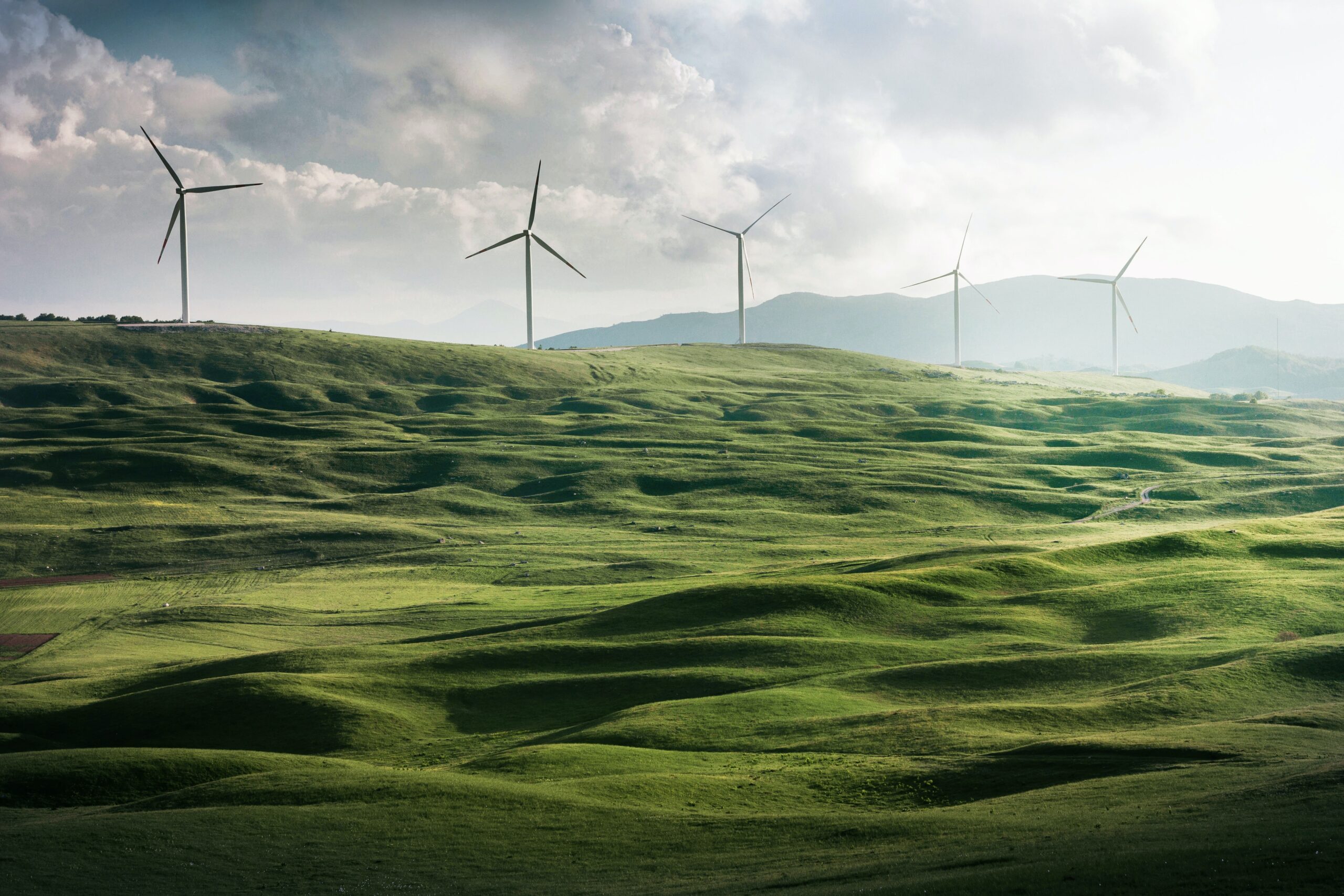The energy market seems to have a lot going on at the moment. We have political, technological and fiscal drivers that are reshaping the European energy grid and the direction seems to be digitalization and energy efficiency.
These changes are bringing cool new technologies to the market and the hype words that accompany them. Sooner or later you are bound to run into such hype words as demand response and flexible energy consumption. But what do these words mean?
In our experience, people can have a very different understanding of their meaning. So we decided to give our two cents about the matter and define it how we see it.
What is flexible energy consumption?
Flexible energy consumption refers to the ability of a system or organization to adjust its energy use in response to changes in the availability or price of energy. This can involve the use of technologies like energy storage systems, smart grid systems, or demand response programs that allow energy consumers to reduce their energy use during periods of high demand or high prices, and increase their energy use during periods of low demand or low prices. This can help to improve the efficiency and reliability of the power grid and reduce the need for expensive power plants and transmission lines.
6 examples of flexible energy consumption:
- Smart appliances: These are appliances that can be controlled remotely or programmed to adjust their energy usage based on the time of day or the price of electricity.
- Demand response: This is a program where large energy consumers agree to reduce their energy usage during periods of high demand in exchange for incentives or payments. This can help utilities to maintain a balance between supply and demand on the power grid, and avoid the need for expensive “peaker” power plants that are only used during times of high demand. During a demand response event, energy consumers, such as factories, office buildings, or shopping centers, reduce their energy use by shutting down non-essential equipment, adjusting their production schedules, or using on-site generators. The reduction in energy consumption during a demand response event can help to lower the overall electricity demand and reduce the need for expensive and polluting power plants.
- Energy storage systems: These are systems that can store excess energy generated by renewable sources such as solar and wind, and then release it back into the grid when needed,
- Electric vehicles: Major source for flexibility is EV charging implementing smart charging to avoid peaks and provide ancillary services to TSO’s. A cool but underutilized technology here is the Vehicle-to-Grid (V2G) technology where EVs can feed energy back to the grid during periods of high demand or high electricity prices. .
- Building energy management systems (BEMS): These systems use sensors, controls, and algorithms to adjust the energy consumption of a building in response to changes in occupancy, temperature, and other variables.
- Distributed energy resources: This includes small-scale power generation, such as solar panels on a roof, or a microturbine, that can adjust energy production based on energy demand.
All of these technologies and programs can help to increase the flexibility of energy consumption and make the power grid more efficient and reliable. This is also what we do at Fusebox – we help different smart appliances and energy storage systems consume electricity flexibly through our smart software. The outcome is not only helping to make the grid more robust but will help our clients save on expensive energy prices and CO2 emissions.
If you would like to know more then get in contact with our sales team and we will be happy to help you with flexible consumption.

